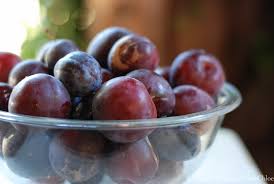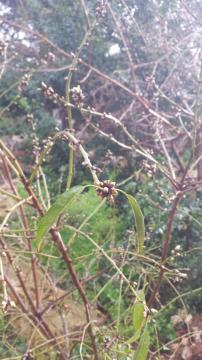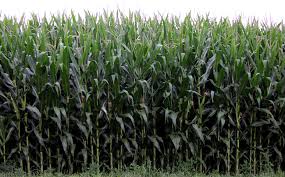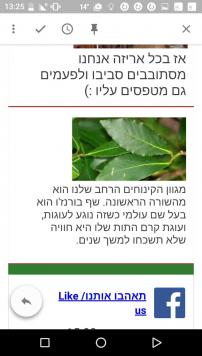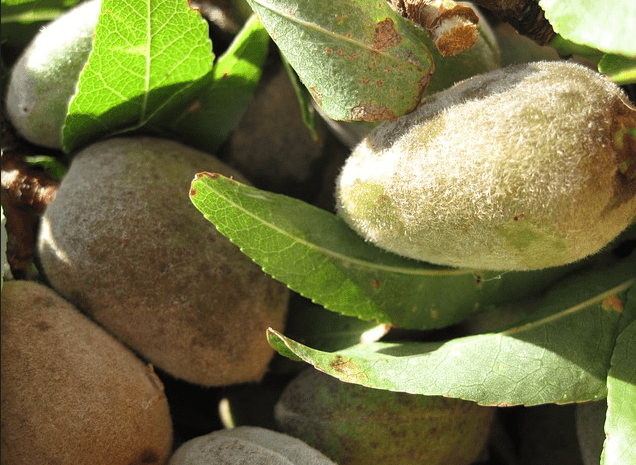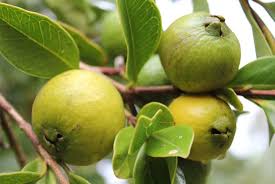Good Week!!
The plum is the fruit of a deciduous tree of the rose (aka Rosaceae) family, Genus Prunus along with the almond, peach, cherry and apricot.
It is easy to see the similarity of the shape of their seed and their blossom.
Plum Blossom

Apricot Blossom

Almond blossom
In fact, this is how the "scientific classification" works, according to similar characteristics of different organisms.
The plant kingdom is divided into several phyla and then to classes, orders, families, genus and species. This arrangement is called "taxonomy" and the type of taxonomy is "Linnaean" because it is based on a method proposed by a Swedish scientist, Carolus Linnaeus in 1735. Much can be told about him. He was the son of a priest and was intended for priesthood, but he was interested in the plants growing in the garden on the farm where he grew up, noting the differences in the reproductive systems of various plants. The family physician recognized this potential and the child was sent to study medicine. He gave the mammals their name because they suckled their children (in latin mamma means breast). He chose to call our species “ the wise man”, in latin "Homo Sapiens" and classified humans as any other animal within the primate family. In a letter he wrote in 1747, he wrote that scientifically he should have "called a man a monkey and vice versa," but he did not do so because of religious authority.
And all this is about 100 years before the theory of evolution…
Well, back to garden matters at my father's farm, in Nataf and not in Sweden… In our sunny country, if you look around, you can see during the flowering period of this family – the spring, plenty of almond trees are blooming, whose blossom is very similar to the plum blossom.
(Remember, the flower is the reproductive organ of the plant, and according to this, Linnaeus arranged the plant kingdom).
So all of the species of our organic plums (we have 3 currently J ) belong to the Genus prunus together with the cherries (currently we have 2 species), the almonds and the peaches (we have now the Pita Peach that is swwweeeeet!).
The plum’s origin is probably from the Caucasus region of western Asia, and from there it spread to Europe and China. And thereafter in all directions.
In Japan, the Uma, the plum, opens the flowering season and they even have a national Uma Festival that is celebrated in parks where many plum trees have been planted.
The Plum has a place of honor in the East! The Chinese believe that it brings luck and is associated with longevity, wisdom and resurrection. The phrase "plum flowers and peach blossoms bloom all over the world" is used to describe an esteemed teacher who has many students.
In Europe, a well-known drink is a plum brandy called Slivovitz. In Japan they use plums to make liqueur and vinegar, and also eat them raw, candied and pickled. The Uma Bushi is one of the common pickles there. The Uma Shu is a Japanese plum liqueur, considered both tasty and healthy. It is sweet & sour and is produced from green plums.
Plums come in many colors – green, yellow, orange, burgundy, purple…
It may be purple outside and red or green inside.
They also come in different sizes and shapes: Small as a round cherry or as large as a tomato
And the flavors o plums range from sour to sweet and from dry to juicy and liquidy.
All plums contain a good amount of vitamin A and zinc. All of them are full of fresh and refreshing liquids for the summer. They help absorb iron. You should grab them before they disappear at summer speed.
So come on, take a fruit and be calm (yes, it does that too!)
Have a quiet and happy week.
To health!
Maggie and the garden team
We expect in our organic vegetable boxes (only a draft):
lettuce
Cucumbers
Tomatoes
Cherry tomatoes
Butternut squash
Leeks
Onions
Potatoes
cabbage
And corn
in our large organic Veggie baskets, also:
Eggplant
Purslane
Thai spinach
mint
in our organic fruit baskets:
Melon
Bananas
and Apples
in our large organic fruit baskets, also:
Papaya
and more Apples

